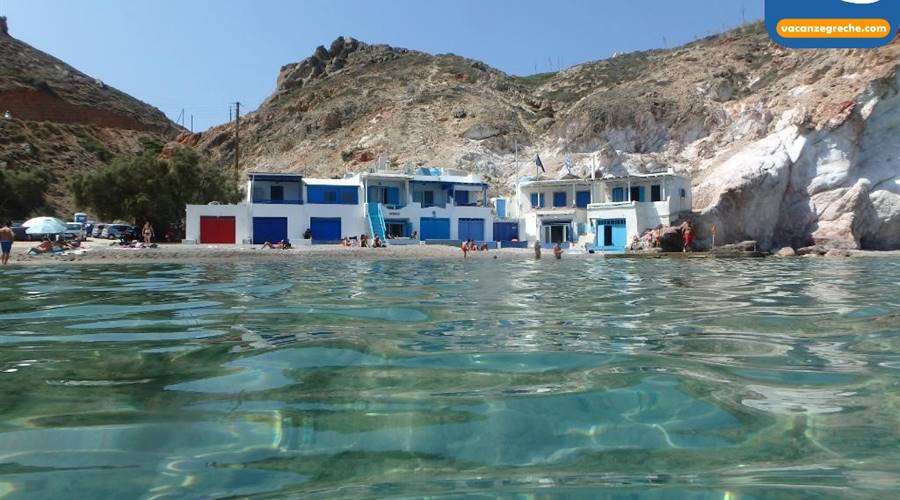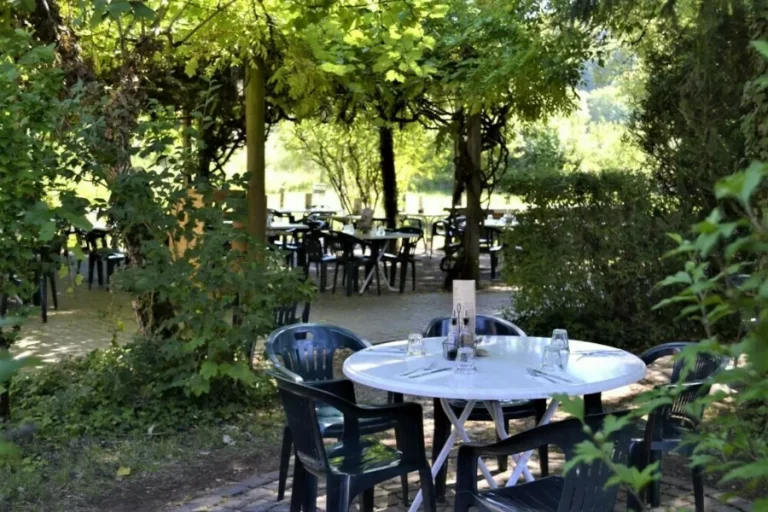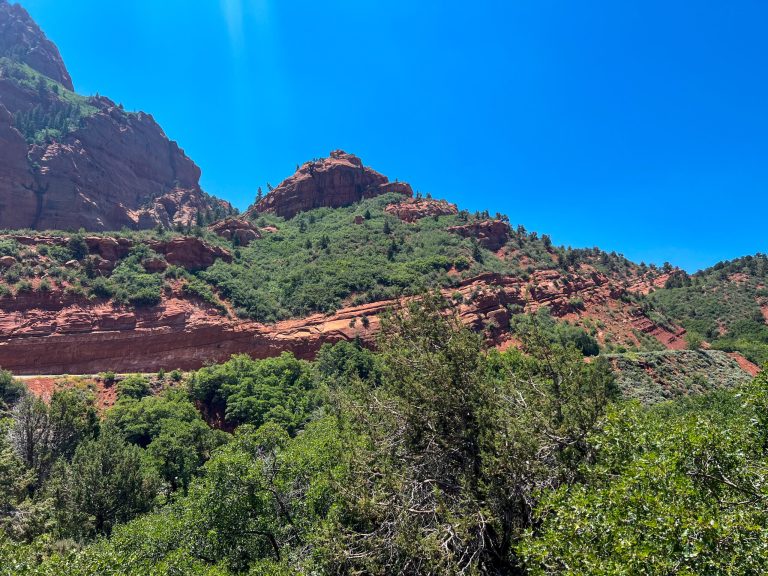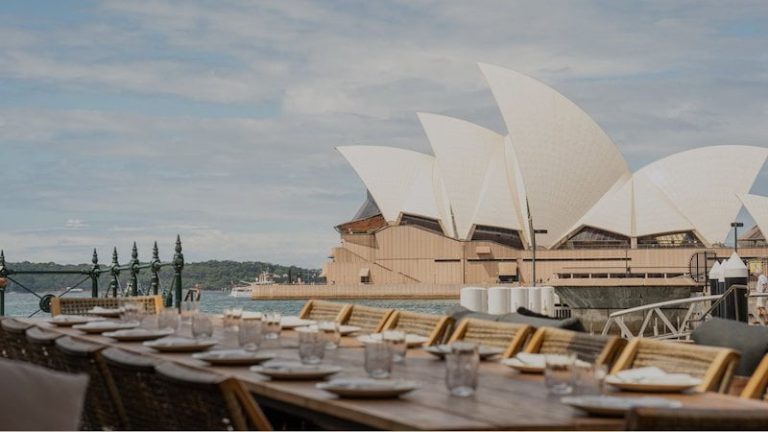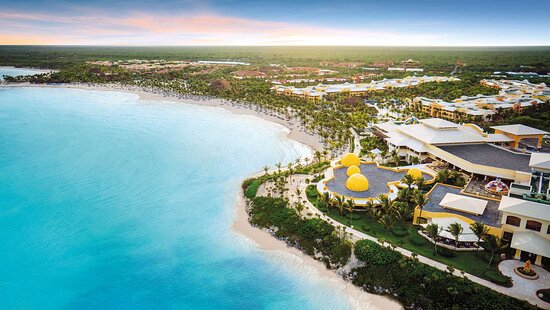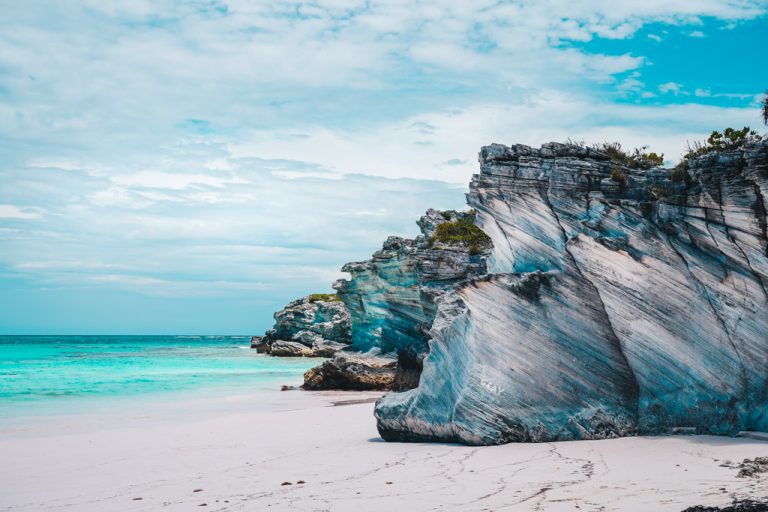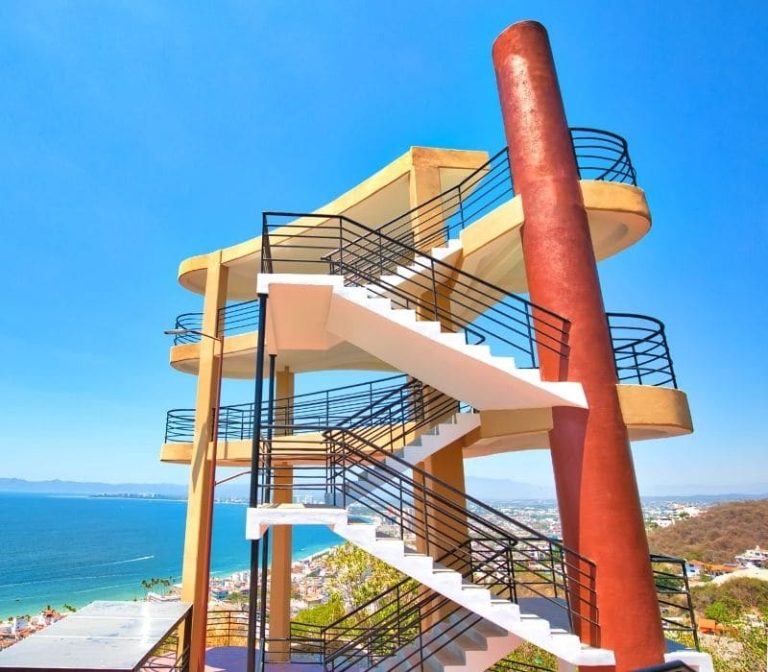Firopotamos beach milos
- Location: Firopotamos Beach is a small, picturesque beach located on the northern coast of Milos, one of the Cyclades islands in the Aegean Sea. It’s situated about 2 kilometers from the village of Plaka and 4 kilometers from Adamas, the main port of Milos. The beach lies in a sheltered cove, embraced by craggy limestone cliffs, creating a tranquil and scenic setting.
- Characteristics: The beach is known for its crystal-clear turquoise waters, a mix of soft white sand and small pebbles, and is surrounded by tamarisk trees that offer natural shade. It’s often described as a “hidden gem” and one of the most beautiful beaches on Milos, rivaling popular spots like Sarakiniko and Kleftiko. The water is calm and shallow near the shore, making it ideal for swimming, snorkeling, and relaxing.
- Cultural and Historical Charm: The beach is part of a traditional fishing village with colorful syrmata (boat-house dwellings) built into the rocks, painted white with blue or bright accents, giving it a quintessential Cycladic look. There’s also a small, photogenic Church of Saint Nicholas on a nearby headland, adding to the charm. Historically, the area had an industrial past in the 1960s, processing kaolin, with some remnants still visible.
- Swimming and Sunbathing: The clear, vibrant blue-green waters are perfect for swimming, with a sandy seabed that’s generally comfortable to walk on, though some areas near the shore have larger rocks. Sunbathing is popular, with a few sunbeds and umbrellas available for rent (around €10-20 for two, depending on the season and demand). Arriving early, especially before 11 AM in high season, is recommended to secure a spot.
- Snorkeling: The rocky sections on either side of the beach offer great snorkeling opportunities, with clear visibility allowing you to spot small fish and marine life. A rock about 4 meters tall, a short swim from shore, is a favorite for jumping or diving, especially among younger visitors.
- Photography and Exploration: The village’s syrmata, the church, and the surrounding cliffs provide stunning photo opportunities. You can also explore nearby footpaths for panoramic views of the bay, which look untouched from certain angles. The beach’s small size and traditional houses create an authentic Greek island vibe.
- Relaxation: Firopotamos is praised for its peaceful, romantic atmosphere, making it ideal for families, couples, or anyone seeking a quieter beach experience compared to busier spots on Milos.
- Limited Services: The beach has minimal facilities. There’s a small beach shack or kiosk that sells snacks, drinks, and sometimes light meals like salads or sandwiches. Sunbeds and umbrellas are available but limited, so bringing your own towel and shade is a good idea if you prefer flexibility.
- No Major Restaurants Nearby: Unlike some other Milos beaches, there are no full restaurants right on the shore. The closest dining options are in nearby villages like Mandrakia (about 10 minutes by car), where places like Medusa restaurant offer fresh seafood and Greek salads.
- Parking: Parking can be challenging, especially in summer or rush hours. There are a few spots near the beach, but the road down is steep and narrow in places, with some sections unpaved. It’s recommended to park on flatter ground at the top if possible and walk down. Scooters and ATVs are common, but cars (especially larger vehicles) may find it tricky.
- By Car or Scooter: Renting a car or scooter is the most convenient way to reach Firopotamos. The road from Plaka or Adamas is mostly paved but includes sharp hairpin turns and a short dirt stretch near the beach. Driving takes about 15 minutes from Adamas or 5-10 minutes from Plaka. Car rentals are widely available on Milos, with companies like Apollonas Sunshine Rent a Moto recommended for scooters. You’ll need a valid driver’s license and, for non-EU visitors, an International Driving Permit.
- By Public Transport: Buses from Adamas to Plaka stop near Firopotamos, but service can be infrequent, especially outside peak season. Walking is possible from Plaka (about 30 minutes, though hilly and hot in summer), but it’s not the most practical option for everyone.
- By Tour: Some boat tours around Milos include Firopotamos as a stop, offering a scenic approach by sea. These are especially popular for visitors staying in Adamas or wanting to combine beach visits with other sites like Kleftiko or Sarakiniko.
- Seasonal Tips: The best time is from late spring to early autumn (May to September), with water temperatures ranging from 22°C to 26°C. Summer (June to August) is peak season, when the beach can get crowded, noisy, and hot (up to 30°C or more). Arrive early to avoid crowds and secure shade. Off-season (October to April) is quieter, with fewer facilities open, but the beach retains its charm, and the water, while cooler, is still swimmable.
- Weather: Milos is known for its wind, but Firopotamos is sheltered, making it calm even on windy days. However, strong winds can occasionally make the beach less enjoyable, as noted in some recent reviews.
- Staying Nearby: For an authentic experience, you can stay in one of the fisherman’s cottages or guesthouses along the beach, such as Blue Sea House or Milinon Suites, which offer sea views and simple, affordable rooms. These book up quickly in summer, so reserve early. Other options include hotels in Plaka or Adamas for easier access to more amenities.
- Nearby Spots: Within a short drive, you can visit other Milos highlights like Sarakiniko (moonlike white rock formations), Mandrakia (another fishing village with similar charm), and Plaka (the main village with whitewashed streets and the Panagia hilltop church). The Catacombs of Milos and the Milos Mining Museum in Adamas are also worth exploring for history buffs.
- Reviews and Posts: Recent posts on X and travel blogs describe Firopotamos as a must-visit for its beauty and tranquility, with many calling it “paradise” and comparing it to the Amalfi Coast for its dramatic cliffs and colorful houses. However, some note challenges like rocky entry points, limited parking, and the absence of major facilities. A few mention jellyfish sightings or waves making swimming less pleasant on certain days, but these are rare.
- Crowd Levels: It’s less crowded than Sarakiniko or Firiplaka but can still fill up in high season. Arriving early or visiting mid-week is advised to enjoy its peaceful vibe.
- Safety: The beach is generally safe, with calm waters suitable for families and children. Watch for rocks when entering the water, and be cautious of jellyfish (rare but possible). The steep road and limited parking require careful driving, especially in summer.
- What to Bring: Pack towels, sunscreen, snacks, water, and a hat, as facilities are minimal. Snorkeling gear is recommended if you want to explore the underwater scenery. Light clothing and a jacket are useful, as evenings can be windy.
- Cultural Respect: The village is small and traditional, so respect local customs and keep noise levels down, especially outside peak hours.

